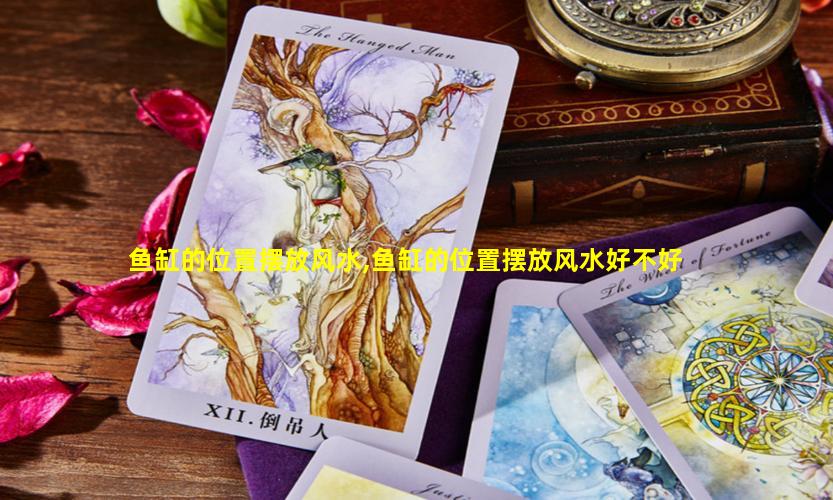卧室植物摆放风水禁忌,卧室摆放植物是否有利于健康
- 作者: 李先楚
- 发布时间:2024-03-19
1、卧室植物摆放风水禁忌
卧室植物摆放风水禁忌
1. 避免带刺或有毒植物
带刺植物,如仙人掌、玫瑰,容易招致口舌是非和争吵。有毒植物,如夹竹桃、滴水观音,可能释放有害气体,损害健康。
2. 不宜摆放过多植物
卧室空间有限,过多植物会消耗过多氧气,导致空气质量下降,影响睡眠。
3. 避免阴生植物
阴生植物一般喜阴,在卧室光线不足的环境中容易枯萎。阴气过于旺盛会让人精神不振。
4. 忌讳摆放枯萎植物
枯萎的植物不仅影响美观,还寓意着衰败和不吉。应及时更换或移除。
5. 不宜摆放在床头
植物释放出的二氧化碳等气体会影响呼吸,因此不宜摆放在床头。
6. 避免五行相克的植物
根据五行相生相克原理,卧室的植物五行属性应与主人的五行相生,避免摆放五行相克的植物。
7. 不宜摆放风水植物
如万年青、龙骨、白掌等风水植物,虽有招财、化煞等作用,但在卧室中却容易扰乱气场,影响睡眠。
8. 植物不宜遮挡光线

植物摆放应适当,不要遮挡卧室的采光,否则会使卧室阴暗,不利于健康。
9. 避免植物正对床铺
植物正对床铺会形成冲煞,影响睡眠质量。
10. 注意植物的净化能力
在卧室摆放具有净化空气能力的植物,如绿萝、吊兰、虎皮兰,可以吸收有害气体,营造健康的环境。
2、卧室摆放植物是否有利于健康
卧室摆放植物对健康的影响
好处:
改善空气质量:某些植物可以吸收空气中的毒素,如甲醛和苯,从而净化空气。
增加湿度:植物可以通过蒸腾作用释放水分,从而增加卧室的湿度,缓解干燥。
促进睡眠:某些植物,如薰衣草和缬草,具有舒缓和镇静的作用,有助于促进睡眠。
减少压力:一些植物已被证明具有减压和改善情绪的作用。
提升美感:植物可以增添色彩和生机,提升卧室的美观度,营造更温馨舒适的空间。
风险:
过敏:某些植物可能会引起过敏反应,特别是对于花粉或植物汁液敏感的人。
真菌生长:浇水过多或湿度过高会导致植物周围形成真菌,释放孢子进入空气,可能引发呼吸道问题。
夜间消耗氧气:一些植物在夜间会消耗氧气,这可能会导致卧室氧气水平下降。
建议:
选择合适的植物:选择能净化空气、促进睡眠、减少压力的植物。
避免有毒植物:避免摆放有毒植物,如龟背竹、天堂鸟和夹竹桃。
控制湿度:保持卧室湿度在4060%之间,避免真菌生长。
避免夜间消耗氧气的植物:避免摆放芦荟、兰花和虎皮兰等夜间消耗氧气的植物。
及时清洁:定期清洁植物叶子,去除灰尘和死叶,避免真菌和花粉堆积。
结论:
在卧室摆放植物可以提供多种健康益处,但需要注意潜在的风险。仔细选择植物、控制湿度并保持植物清洁,可以最大限度地利用植物的益处,同时避免不良影响。
3、卧室植物摆放风水禁忌有哪些
卧室植物摆放风水禁忌
避免摆放有刺或有毒的植物:这些植物会释放负能量,影响睡眠质量。例如,仙人掌、夹竹桃、虎皮兰等。
不要摆放过多植物:过多的植物会产生过多二氧化碳,影响空气质量,不利于睡眠。
避免摆放会释放强烈气味的植物:如百合、茉莉等,它们的香气过于浓郁,会干扰睡眠。
不适合摆放藤蔓类植物:藤蔓类植物会缠绕,象征纠缠不清,不利于夫妻感情和睦。
不要摆放在床头正上方:植物摆放在床头正上方,会产生压迫感,影响睡眠。
避免摆放大型植物:大型植物会遮挡光线和空气流通,造成阴暗潮湿的环境,不利于健康。
不适合摆放开花期间的植物:开花期间的植物会释放花粉,对花粉过敏者会造成健康问题。
不宜摆放阴性植物:如吊兰、万年青等,这些植物阴气较重,会影响阳气流通,不利于阳气旺盛的卧室环境。
注意植物摆放位置:将植物摆放在阳台上或窗边,可以获得阳光和新鲜空气。
避免摆放枯萎或病变的植物:枯萎或病变的植物会释放负能量,影响风水。
适宜摆放的卧室植物:
绿萝
虎尾兰
吊兰
虎皮兰
白掌
富贵竹
文竹
绿萝
薄荷
4、卧室植物摆放风水禁忌图片
1. Avoid thorny plants. They create a negative atmosphere and should be kept out of the bedroom.
[Image of a bed with a thorny plant on the bedside table]
2. Avoid plants with sharp leaves. They can create a sense of tension and anxiety.
[Image of a bed with a plant with sharp leaves on the bedside table]
3. Avoid plants with large leaves. They can block the flow of energy and make the room feel cramped.
[Image of a bed with a plant with large leaves on the bedside table]
4. Avoid plants with dark or poisonous flowers. They can create a negative atmosphere and make the room feel heavy.
[Image of a bed with a plant with dark or poisonous flowers on the bedside table]
5. Avoid plants that are too high or too low. They can create a sense of imbalance and make the room feel uncomfortable.
[Image of a bed with a plant that is too high on the bedside table]
[Image of a bed with a plant that is too low on the bedside table]
6. Avoid plants that are too fragrant. They can be distracting and make it difficult to sleep.
[Image of a bed with a plant that is too fragrant in the bedroom]
7. Avoid plants that are too thirsty. They will require a lot of attention, which can be a distraction in the bedroom.
[Image of a bed with a plant that is too thirsty in the bedroom]
8. Avoid plants that are too messy. They can create a cluttered atmosphere and make the room feel untidy.
[Image of a bed with a plant that is too messy in the bedroom]
9. Avoid plants that are too expensive. If a plant dies or gets damaged, it can be a financial burden.
[Image of a bed with a plant that is too expensive in the bedroom]
10. Avoid plants that are associated with bad memories. They can create a negative atmosphere and make it difficult to sleep.
[Image of a bed with a plant that is associated with bad memories in the bedroom]

.jpg)


